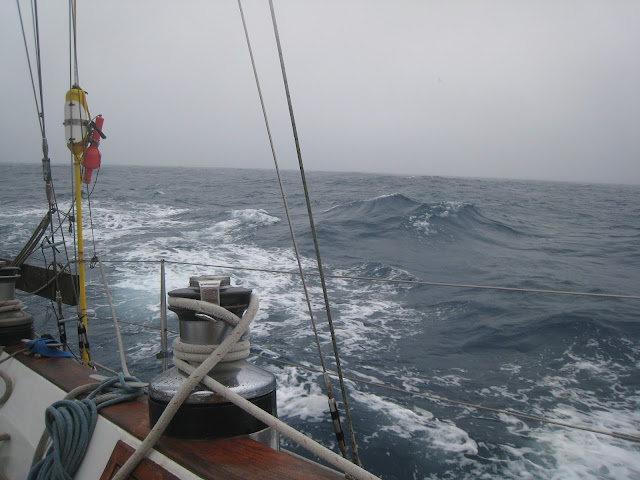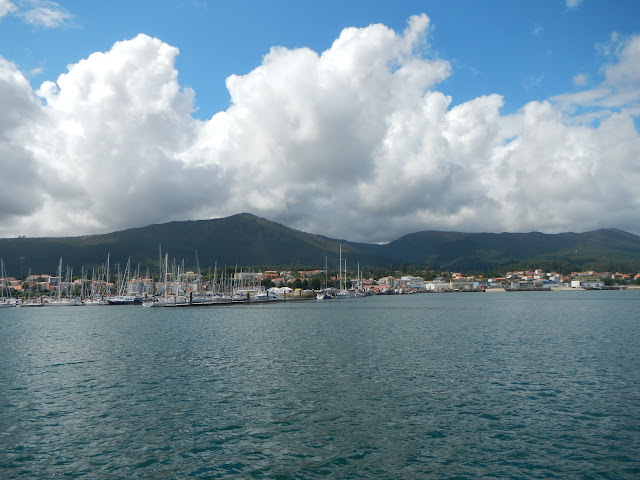Carpet of bluebells Visiting our friends, the Meakins, is always an interesting experience. They live in Southampton, UK, a city with a rich maritime heritage. In fact there is so much history everywhere that it becomes a game to discover how it all interlocks. Row, row, row your boat On arrival, we were offered a trip up the Hamble River by row boat. Alex and Philip rowed up river against the wind. The marinas got progressively smaller until they disappeared altogether. Here we entered another world. A protected ancient oak forest carpeted with bluebells. The River Hamble in Hampshire, England flows for 7.5 miles (12 km) before entering Southampton Water. It is tidal for about half its length and is navigable in its lower reaches, which have facilitated shipbuilding since medieval times. Leisure craft are still built there today and boating is very popular on the River. The river, its banks, and its shipbuilding yards, have also been used for military purposes, particul








































